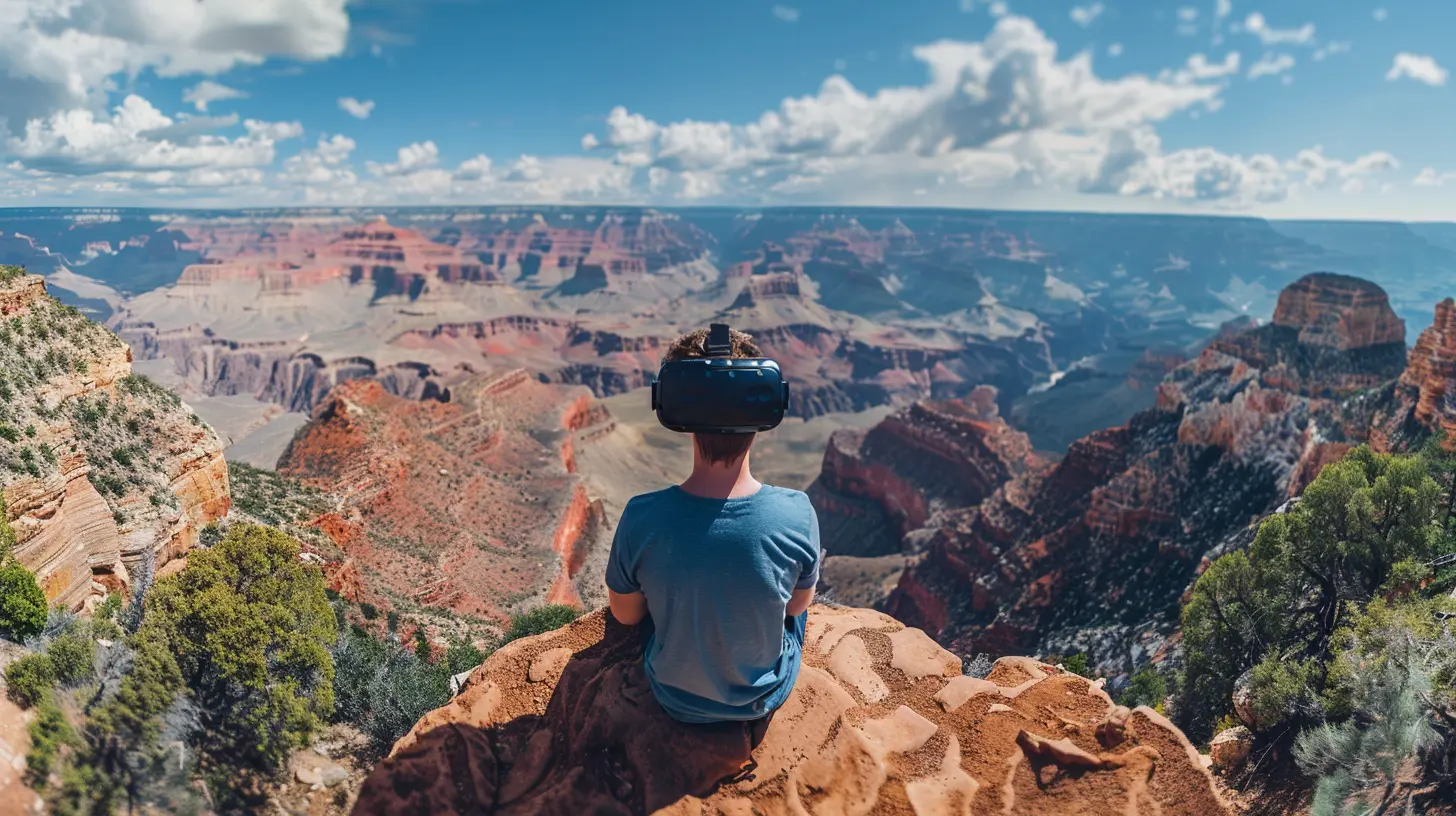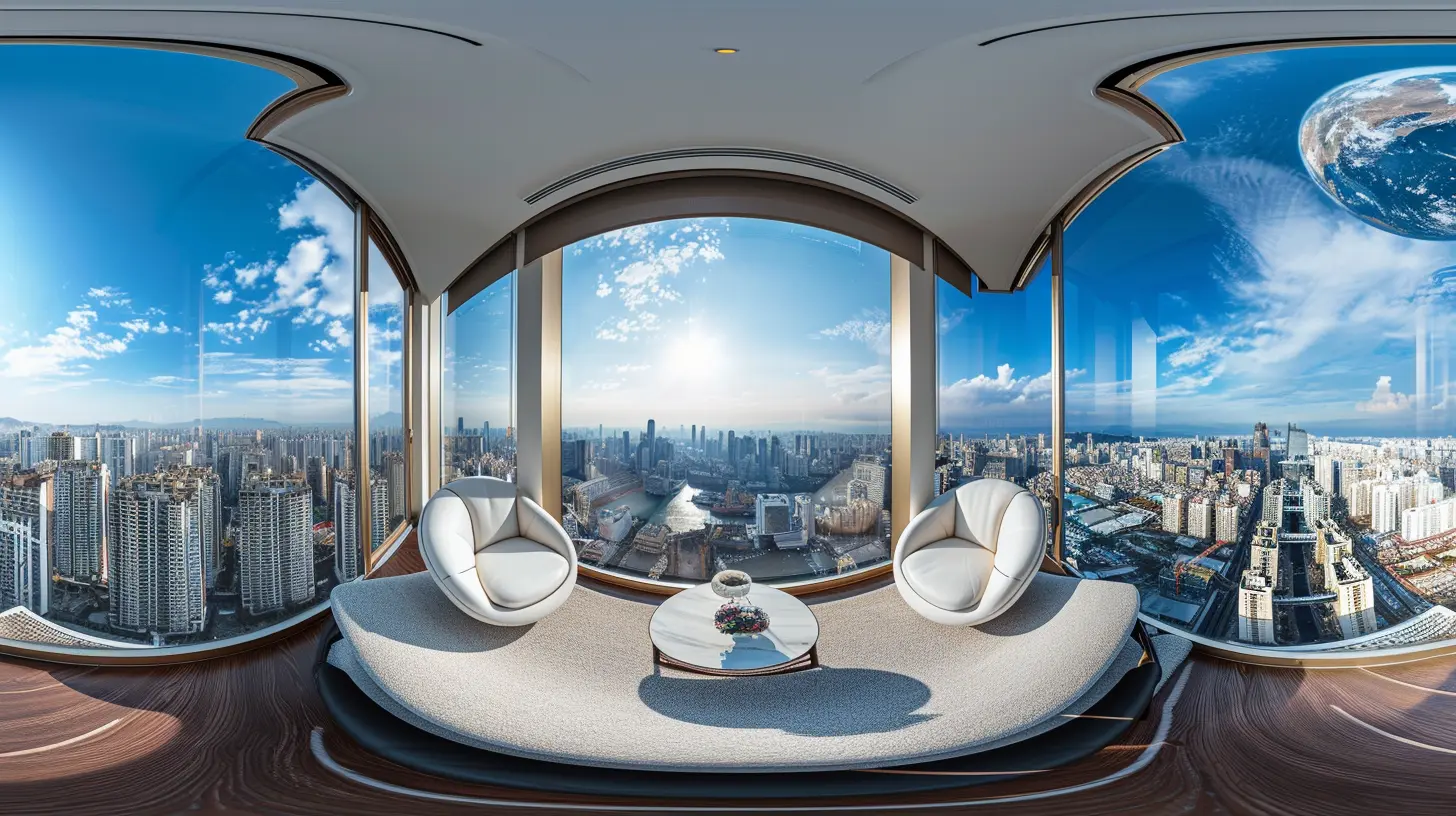Virtual Reality Photography: Capturing the World in 360 Degrees
19 May 2025
Virtual reality (VR) photography is changing the way we capture and experience the world. Unlike traditional photography, which presents a single perspective, VR photography immerses viewers in a 360-degree environment, allowing them to explore scenes as if they were actually there.
But how does it work? What tools do you need? And why is it becoming so popular? Let’s dive into the fascinating world of virtual reality photography and see how it’s revolutionizing visual storytelling.
What is Virtual Reality Photography?
Virtual reality photography, also called 360-degree photography, involves capturing an entire scene in all directions. Instead of focusing on a single frame, VR photography creates immersive images or videos that users can interact with, whether through VR headsets, smartphones, or computers.Unlike traditional photography, where composition and angles define the final image, 360-degree photography allows viewers to control their perspective. This makes it perfect for virtual tours, immersive storytelling, and even real estate showcasing.
How Does VR Photography Work?
So how do photographers capture these stunning 360-degree images? It all comes down to specialized cameras and smart software.1. 360-Degree Cameras
VR photography requires cameras that can capture in all directions. Unlike regular cameras, which only capture what's in front of them, 360-degree cameras use multiple lenses—often two ultra-wide-angle lenses—to record everything around them. These cameras automatically stitch the images together to create a seamless panoramic view.Popular models include:
- GoPro Max – A versatile 360-degree action camera.
- Insta360 One X2 – Compact with high-resolution capture.
- Ricoh Theta Z1 – Known for its professional-grade image quality.
2. Image Stitching
Once the camera captures the raw footage, specialized software stitches the images together to create a seamless 360-degree experience. This is where the magic happens—removing distortion, aligning frames, and enhancing the overall image quality.Some popular stitching software includes:
- Adobe Photoshop (for manual adjustments)
- PTGui (advanced stitching software)
- Insta360 Studio (designed for Insta360 cameras)
3. Hosting and Sharing
After creating a 360-degree image, the next step is hosting and sharing it. Platforms like Facebook, Google Street View, YouTube, and VR headsets support these immersive files, making it easy for anyone to experience your work.
Why is VR Photography Becoming So Popular?
1. Immersive Experience
Unlike regular photos, which give a static, single-angle view, VR photography creates an interactive experience where the viewer feels like they are inside the scene. This is a game-changer for travel photography, real estate, and virtual tourism.2. Enhanced Storytelling
VR photography isn't just about capturing a moment—it tells a story. Imagine standing in the middle of Times Square, looking around as if you were actually there. It provides a sense of place that traditional photography simply can’t.3. Real Estate and Business Applications
The real estate industry has embraced VR photography to provide virtual home tours. Instead of browsing through flat images, potential buyers can "walk through" properties from anywhere in the world.Businesses are also using VR photography for virtual showrooms, product demonstrations, and event documentation, enhancing customer engagement and sales.
4. Social Media and Content Creation
With platforms like Facebook and Instagram now supporting 360-degree content, creators are using VR photography for more engaging social media content. Whether it’s travel bloggers capturing breathtaking landscapes or brands showcasing their products, VR photography allows for a fresh, interactive approach.
How to Get Started with VR Photography
Thinking about diving into VR photography? Here’s a simple roadmap to get you started.1. Choose the Right Camera
Your choice of camera depends on your budget and needs. If you're a beginner, an affordable 360-degree camera like the Insta360 One X2 is a great start. Professionals may opt for higher-end models like the Ricoh Theta Z1.2. Master the Techniques
Capturing a 360-degree scene requires a slightly different approach than traditional photography. To get the best results:- Keep the camera at eye level to create a natural perspective.
- Avoid placing objects too close to the camera to reduce distortion.
- Be mindful of lighting—360-degree cameras capture light from all directions.
3. Edit and Enhance Your Images
Post-processing is key to making your 360-degree images stand out. Use editing tools like Adobe Lightroom or PTGui to adjust colors, remove distortions, and refine details.4. Share Your Work
Once you’ve created an immersive image, upload it to platforms like Facebook 360, Google Street View, or YouTube VR. You can also integrate VR imagery into your personal website or blog.The Future of Virtual Reality Photography
The world of VR photography is evolving rapidly. With advancements in artificial intelligence, 8K resolution, and even live-streaming capabilities, the possibilities are expanding.1. AI-Powered Enhancements
AI is being integrated into VR photography to improve stitching accuracy, reduce noise, and enhance image clarity, making the process smoother and more efficient.2. Higher Resolution Cameras
Newer models are pushing the limits with 8K resolution and beyond, ensuring crisp, detailed visuals that bring VR photography to a whole new level.3. Live Streaming in 360 Degrees
Imagine live-streaming an event where viewers can move around virtually, choosing their own perspective. More platforms are now supporting live 360-degree streaming, opening doors for sports, concerts, and virtual experiences.4. Virtual Reality and Augmented Reality Integration
As VR and AR continue to merge, we might soon see interactive VR photography experiences where images come to life with additional layers of content, animations, and real-time interactions.Conclusion
Virtual reality photography is more than just a trend—it’s reshaping the way we capture and share experiences. Whether you're a traveler wanting to document breathtaking landscapes, a real estate agent offering virtual tours, or a business looking to engage customers in new ways, VR photography offers an immersive and interactive solution.With the right tools, techniques, and creativity, anyone can dive into the world of 360-degree photography and start capturing the world in an entirely new way. So, why stick to flat images when you can bring your audience into the scene?
all images in this post were generated using AI tools
Category:
Virtual RealityAuthor:

Jerry Graham
Discussion
rate this article
4 comments
Simon Riley
Embrace the future of photography—see the world like never before!
May 26, 2025 at 10:19 AM

Jerry Graham
Thank you! Exciting times ahead as we explore new dimensions in photography!
Mia McPherson
Virtual reality photography revolutionizes visual storytelling by immersing viewers in 360-degree experiences. This technology enhances engagement and perspective, offering new creative avenues for photographers and audiences alike.
May 24, 2025 at 4:57 AM

Jerry Graham
Absolutely! Virtual reality photography transforms storytelling by fully immersing viewers, creating unique perspectives and deeper engagement. It opens exciting creative possibilities for both photographers and audiences.
Erica Tucker
Exciting times ahead for VR photography lovers!
May 21, 2025 at 4:45 AM

Jerry Graham
Absolutely! The potential for immersive experiences in VR photography is truly groundbreaking. Exciting times indeed!
Melanie Russell
Immersive storytelling redefined through VR.
May 20, 2025 at 2:00 PM

Jerry Graham
Absolutely! VR transforms storytelling by immersing viewers in the narrative, allowing them to experience 360-degree perspectives and feel truly connected to the environment.



